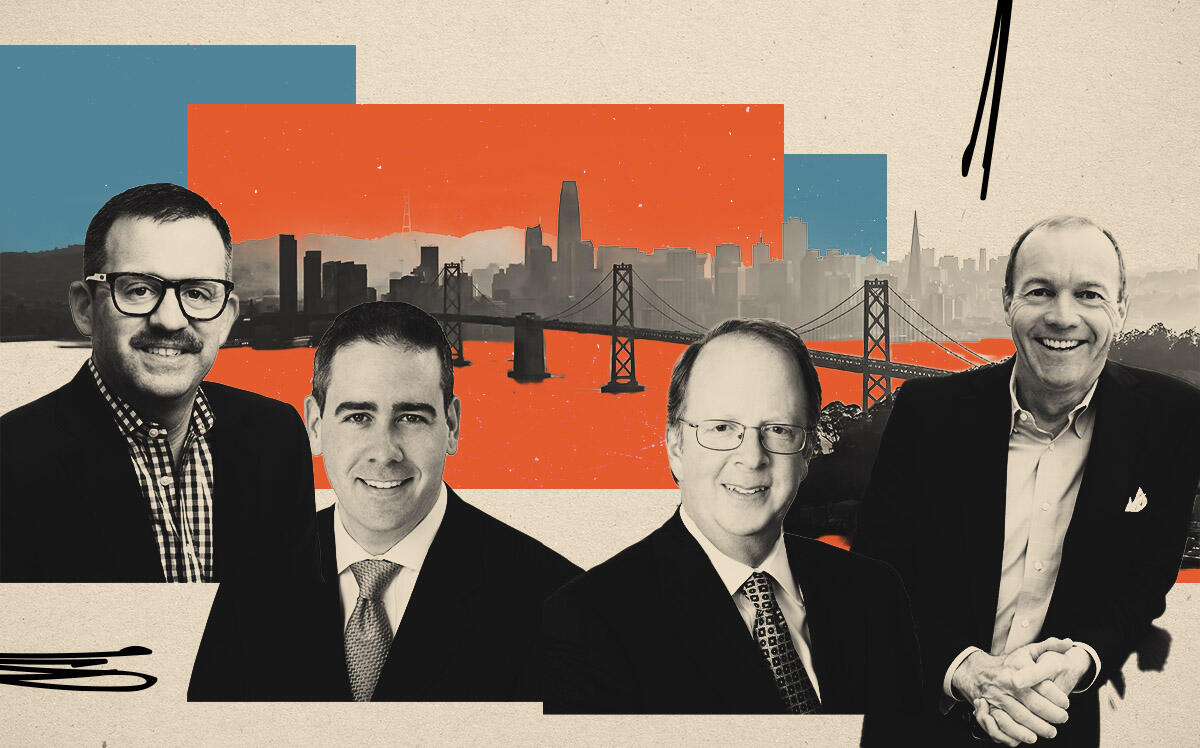The incentives for San Francisco office tenants and their agents have risen along with vacancy rates this year, industry insiders say, with commissions up 50 percent and increasingly expensive tenant improvements and in-building amenities packages offered to induce tenants into long-term leases.
https://therealdeal.com/issues_articles/san-francisco-owners-bet-on-spec-suites/
“Bonus commissions are currently the norm, not the exception, and will continue into 2023,” Jim Walker, senior vice president of Kidder Mathews said via email. “Ownerships have been providing increased TI allowances along with free rent to entice tenants. With the continued lack of overall tour activity, we have begun to see an erosion on ‘asking’ rents, especially in the Class B and C markets.”
Class A, B, C
Walker said that the biggest incentives came from Class B and C buildings in the Mid-Market, Union Square and North Financial districts, which have been hit hardest with high vacancy rates during the “flight to quality” over the last year. Nearly 80 percent of all San Francisco leasing transactions in the third quarter was for Class A space, Walker said. In the North Financial District, for example, Class A vacancy is about 17 percent, while Class B and C vacancy is running closer to 30 percent.
Overall, according to Avison Young data, downtown San Francisco office foot traffic in mid-November was still just 45 percent of where it was in early March 2020, when the pandemic set off the persistent work-from- home trend. Those numbers are up from 35 percent in November 2021, but San Francisco’s office foot traffic figures are well below the comebacks being seen in tourism and hospitality, where the data shows foot traffic as 50 percent higher than just before the pandemic, and even retail, where foot traffic was approaching 90 percent of pre-pandemic levels in mid-November.
The ramifications of this new normal have been felt across the market as tenants “right size” their leases to take the lack of in-person activity into account, agents said. Meanwhile, vacancies and subleases are expected to increase in the new year and flex work spaces and shorter term leases remain a popular option in lieu of long-term commitments.
Lease terms
Leases of five years or less are a rare win-win in the market, agents said, with many owners happy to sign a shorter lease, especially if it means minimal tenant improvements are required, because they anticipate that rents will be higher in a few years.
Longer-term leases are used largely by professional services, law firms and boutique financial services companies. These are the businesses that historically made up the core of SF’s downtown before tech began gobbling up office space in the 1990s, said Avison Young Principal Ross Robinson. They are also the most likely industries to see the benefit in signing a long-term lease on prime Class A view space, even though rents in those properties have been the least impacted by the downturn.
“The best of the best doesn’t come available all that often because once you have something that’s really incredible and unique, you don’t leave it,” he said. “So there have been some opportunities where more really good space has been put on the market and therefore the opportunity was there for somebody to get something that they typically could not have. If you’re a financial services company and very profitable, the difference between $80 a foot in rent and $100 a foot in rent on 10,000 square feet is negligible.”
Rates on hold
For buildings without the sweeping views and locations to bring in longer-term tenants, most owners would rather add in-building amenities such as gyms, bike parking and coffee shops, as well as increase tenant improvement packages in the offices themselves, than lower rents further.
“There is a desire to hold rates where possible and if that means more concessions, more amenities, etc., that’s what they’re going to do,” Robinson explained. “Landlords have been hit with the perfect storm between the tenant improvement costs continuing to go up, interest rates going up and having downward pressure on rental rates. Landlords have had a very tough time and I think you are going to continue to see landlords be aggressive in how they market, build and create space for tenants.”
Owners are offering deals to current tenants whose leases are coming to a close and could further crater asking rents if they decide to move into smaller spots.
New tenants have determined how much space they will need for their future hybrid work schedule and are almost universally looking for less space, agents said. But a renewing tenant “might be willing to remain in a space that is now larger than needed if the overall economics are competitive,” according to Bruce McLellan, executive vice president at Kidder Mathews.
“In the interest of saving downtime (or) a period of vacancy and to minimize the need to invest additional tenant improvement dollars, owners are increasingly willing to provide renewal discounts,” he said via email.
Hope for startups
The agents all pointed to startups as the most likely takers of some of the city’s empty offices in the new year, especially in light of the recent layoffs at big technology companies such as Twitter and Facebook.
“There will be a lot of unemployed talent with fresh ideas and that will be coupled with a tremendous amount of venture capital that has been sitting on the sidelines,” said Mike McCarthy, executive managing partner at Transwestern.
Startups don’t need a lot of space and are typically looking for short-term leases, but the fact that these companies see value in having office space at all is a rare bright point in an otherwise down market. Some will fade away, but some will grow, and they’ll need more office space to do it, the agents agreed.
“We didn’t know what Facebook was 25 years ago. We didn’t know what Google was going to become,” said Avison Young’s Robinson. “I think that there is some sense of hope that as these new companies come into play, that we’re all going to be familiar with (them) 10 years from now, that San Francisco is still a hub of innovation. It’s still the largest place where all of this happens. Those new companies I think are going to be where the opportunity is, at least in the short term, to see some growth and some positive numbers in the office market.”
Read more


